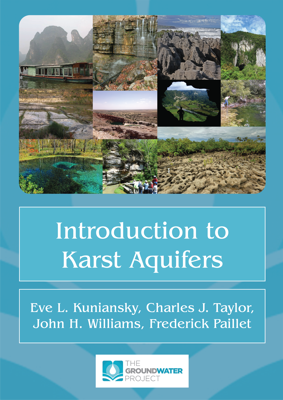
 Introduction to Karst Aquifers
by
Kuniansky, E. L., Taylor C. J., Williams J.H., & Paillet F.
Introduction to Karst Aquifers
by
Kuniansky, E. L., Taylor C. J., Williams J.H., & Paillet F.
 Karst: Environment and Management of Aquifers
by
Zoran Stevanović, John Gunn, Nico Goldscheider, & Nataša Ravbar
Karst: Environment and Management of Aquifers
by
Zoran Stevanović, John Gunn, Nico Goldscheider, & Nataša Ravbar
This site is maintained by the librarians of Okanagan College Library.
If you wish to comment on an individual page, please contact that page's author.
If you have a question or comment about Okanagan College Library's LibGuides site as a whole, please contact the site administrator.